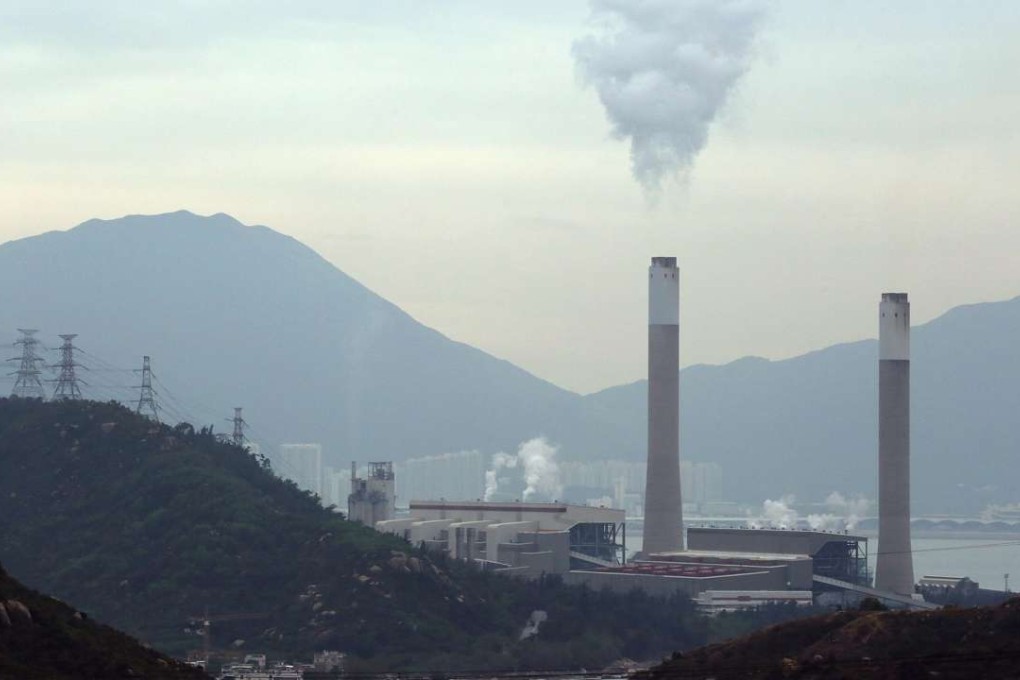Guaranteed earnings cut for Hong Kong power firms
New 15-year deal allows CLP Power and HK Electric to earn 8 per cent returns, but suppliers fail to commit to minister’s idea that tariffs could drop 5 per cent

A long-awaited deal to lower the cap on guaranteed earnings for Hong Kong’s two power companies was announced on Tuesday, but it fell short of public demands and locked the city into another 15 years of full dependency on them.
Environment minister Wong Kam-sing said the agreement could see electricity tariffs reduced by up to 5 per cent, but CLP Power and HK Electric would not commit to this.
The amount the two suppliers are allowed to earn will be slashed from 9.99 per cent to 8 per cent of their net fixed assets after a new 15-year regulatory agreement with the government, known as the scheme of control, replaces the existing one next year.
“This will help maintain a reliable electricity supply and meet our carbon intensity reduction target to combat climate change,” Wong said, citing the impending shutdown of all coal-fired plants over the next decade as the power companies switch to cleaner, non-fossil fuel.
But his suggestion that electricity bills could be cut by at least 5 per cent next October if “all factors remain unchanged” was met with scepticism by experts, green groups and lawmakers. Factors such as fuel costs might make it impossible, they said.